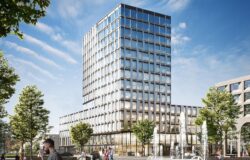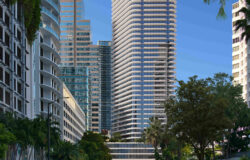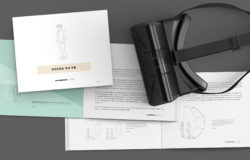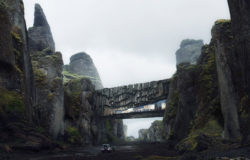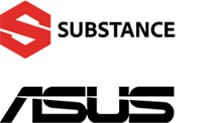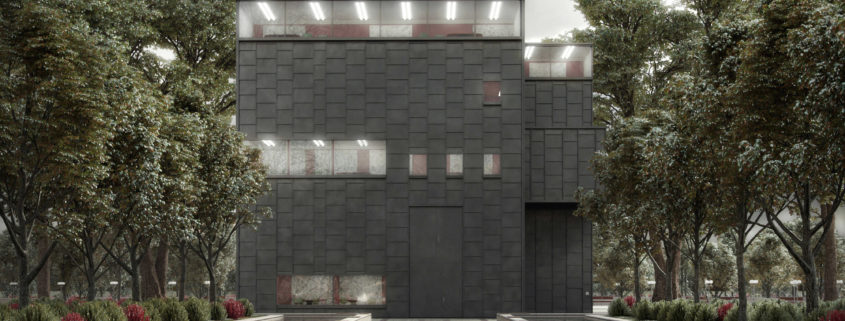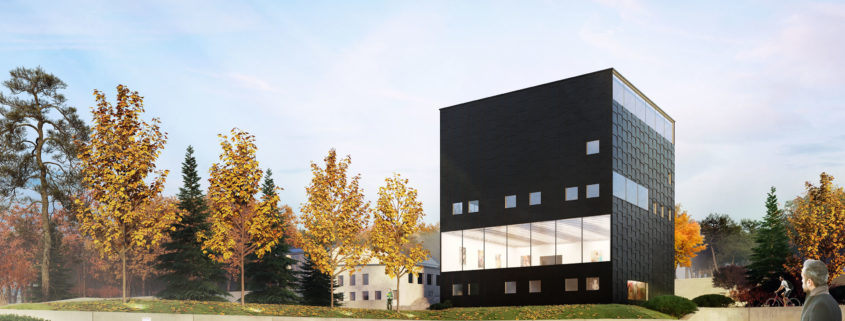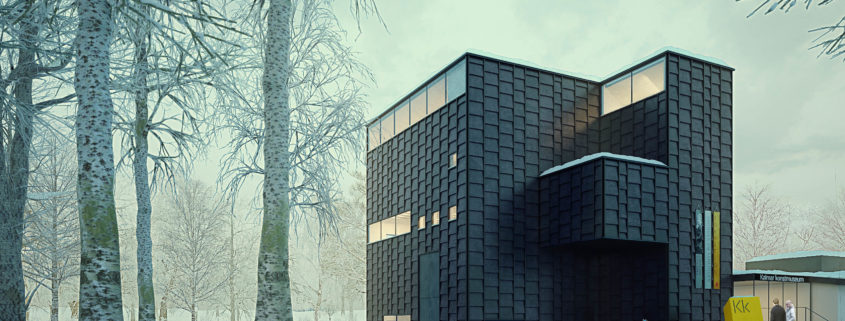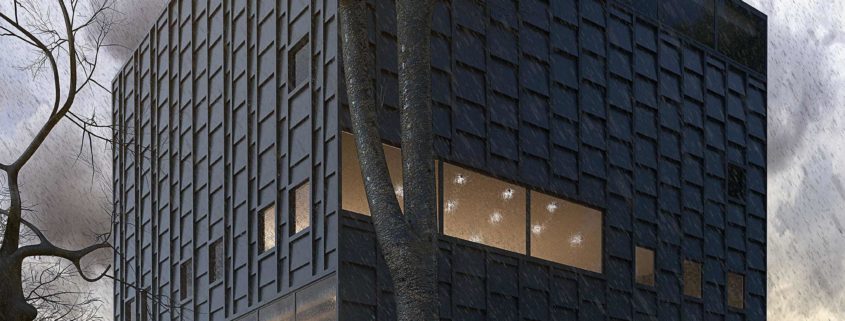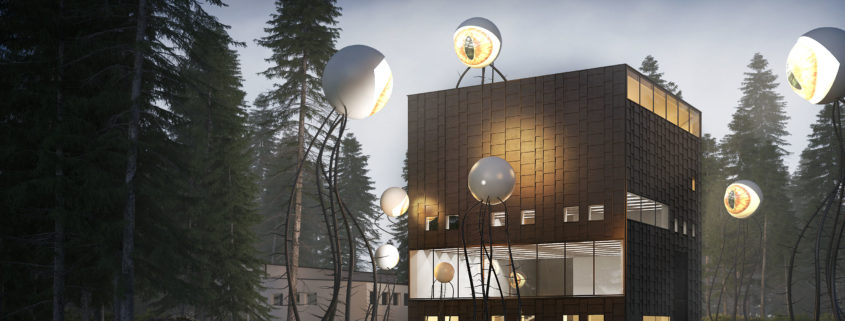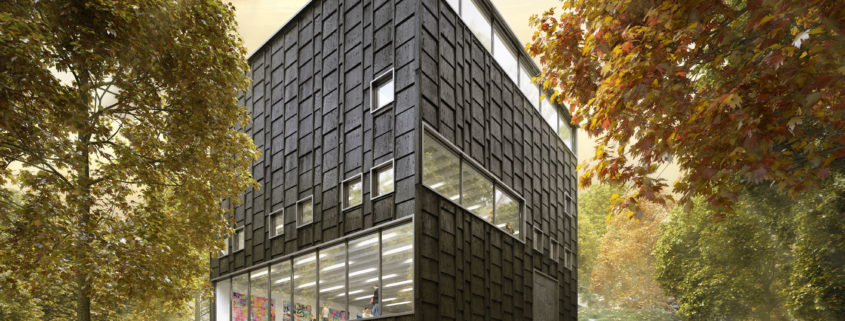Making-of video:
https://dl.vnplugin.com/vn/Downloads/makingof.mov
The main goal of simulation in this project is to make an angle look as exactly same as the reference photo. At the beginning, by using Camera Match, the camera was adapted to the desired angle. Also, it was done with the camera facing the front of the building in order to draw the correct volume without checking the plan of the building. After modeling the main parts of the building, the trees, floor and electricity pole were modelled.
To model the soil, meshing was increased and Displacement modifier was used. Then, ProOptimizer modifier was used to decrease the meshing. It will be lighter than the VrayDisplacement at the time of rendering.
For creating water cavities, a copy of ground was made and Relax modifier was used. After that by the help of Scanline, the Top view was rendered in Grayscale mode and then some changes were applied in the Photoshop.
PFSource was used to create the rain. Due to heavy rendering, plans with opacity were used, and to insure exact rendering, the amount of Max Transp. Level in VRay rendering was raised up to 200. The Spawn parameter was used for modeling the effect of raindrops hitting the walls, trees and the ground. Unfortunately, due to the large size of data, the collision effects were changed into polygon. Thus omission of Motion Blur at the time of render and slightly reducing the quality of the project.
Different modes of different particle types were used to create the effect of falling raindrops from the trees and the walls, but unfortunately none of them have the desired result. At last, they were modelled by Polygon and animated in different modes and using the PFSource they were put under the bottom of the objects in the scene.
Forest plugin was used to create grass. The mired grass in the water cavities were deleted.
For lighting, just one HDRI light with relatively low intensity was used. The same light with different angle was used to create the reflections. All of internal lights are VRay Plan Light.
ZDepth and ObjectID were used as render element. By using ZDepth some depth-of-fields was added to the scene and also it was used to create Fog. To choose different parts in Photoshop, the ObjectID element was used. But unfortunately, because of MotionBlure, it was not useful to choose the raindrops.





